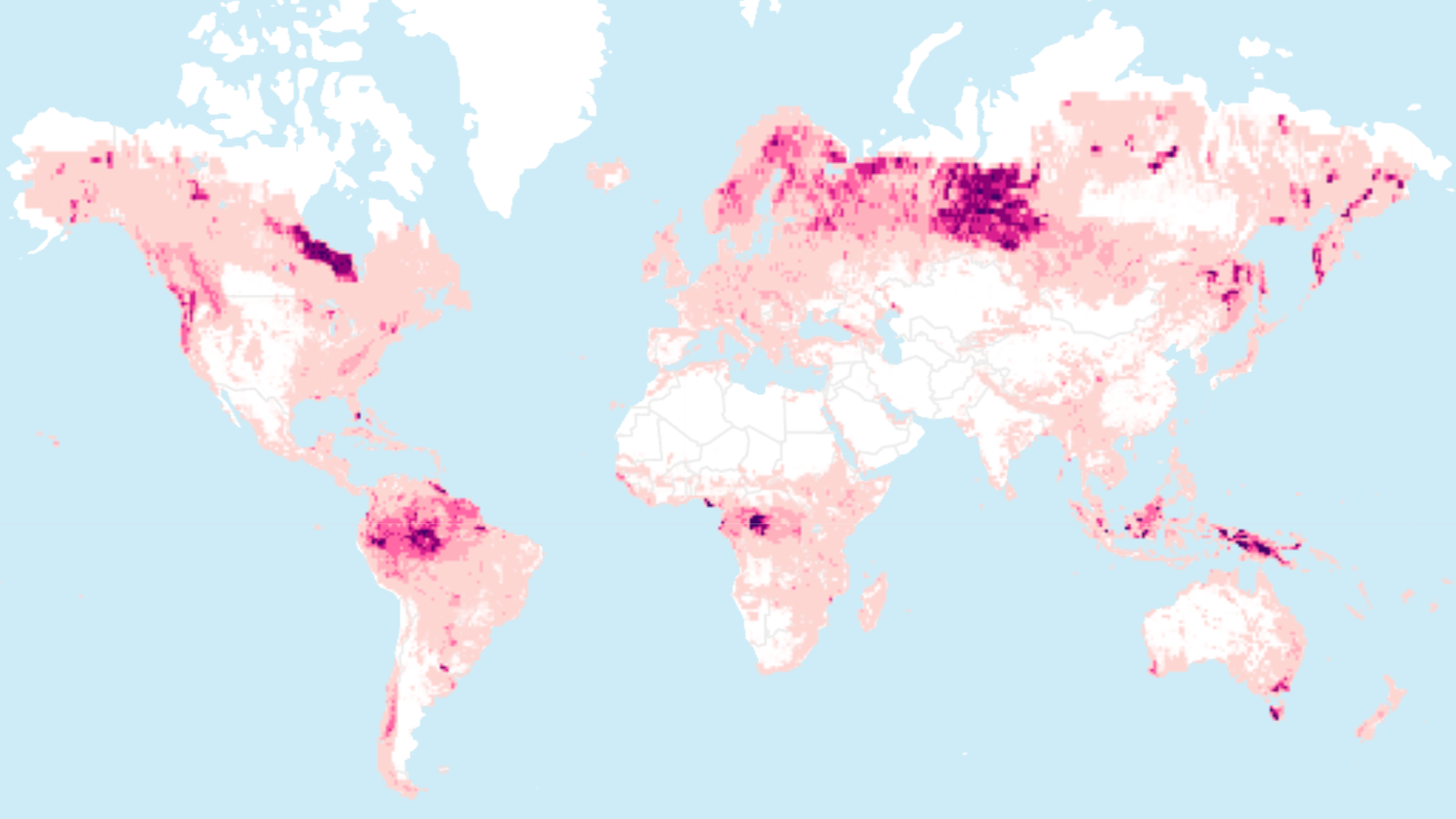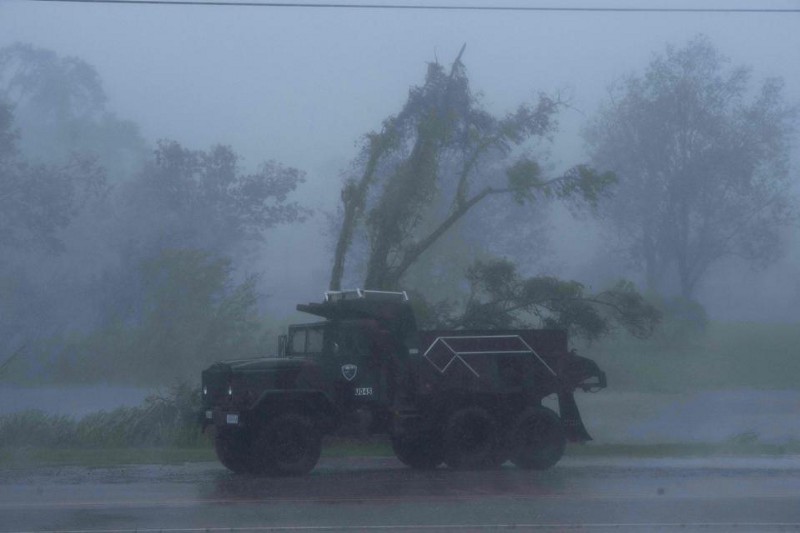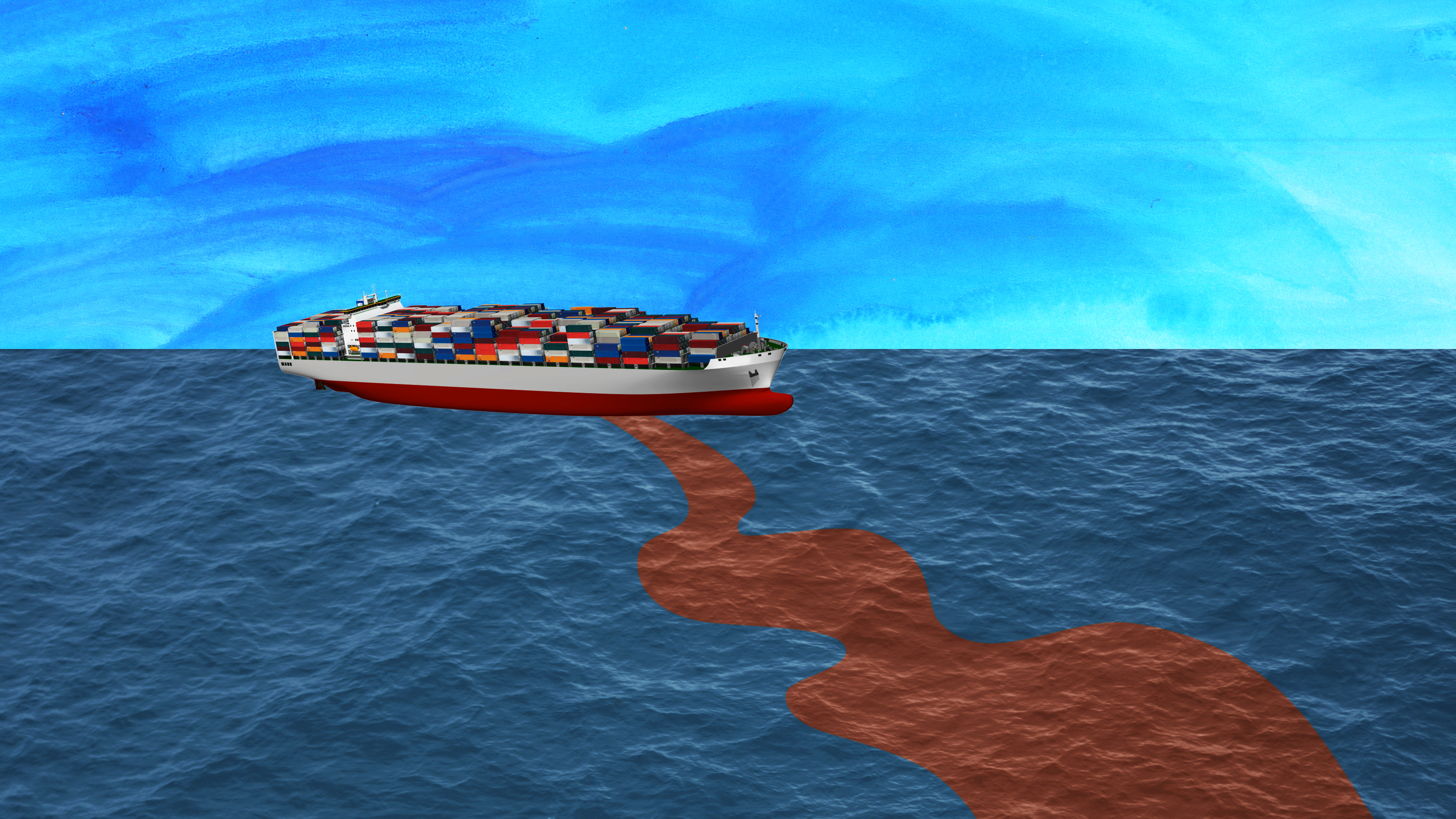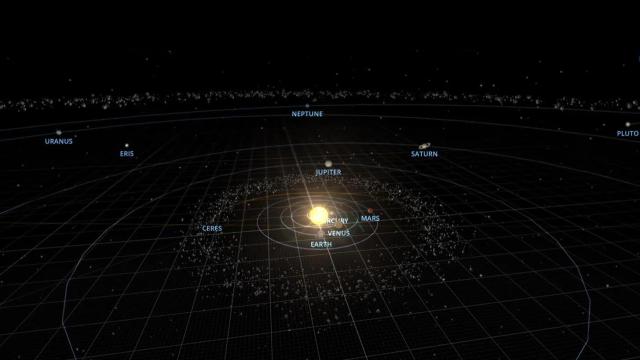No, the Gulf Stream isn’t going to collapse
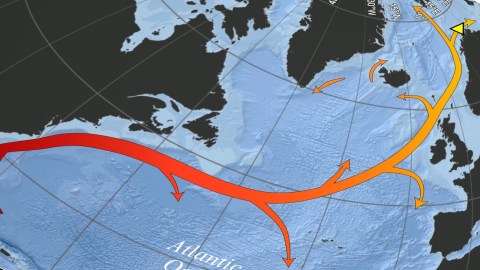
- Should the Gulf Stream shut down, that would cause catastrophic cooling in Europe.
- But that’s not going to happen. The AMOC, however, could soon reach a tipping point.
- That would create a “cold blob” in the North Atlantic. That isn’t as bad, but it also isn’t good.
There’s a perverse joy in reading (and writing) about catastrophic climate change. You could say that it’s a secular version of the yearning for the Apocalypse, and perhaps proof that such apocalyptic yearnings are more universally human than merely religious.
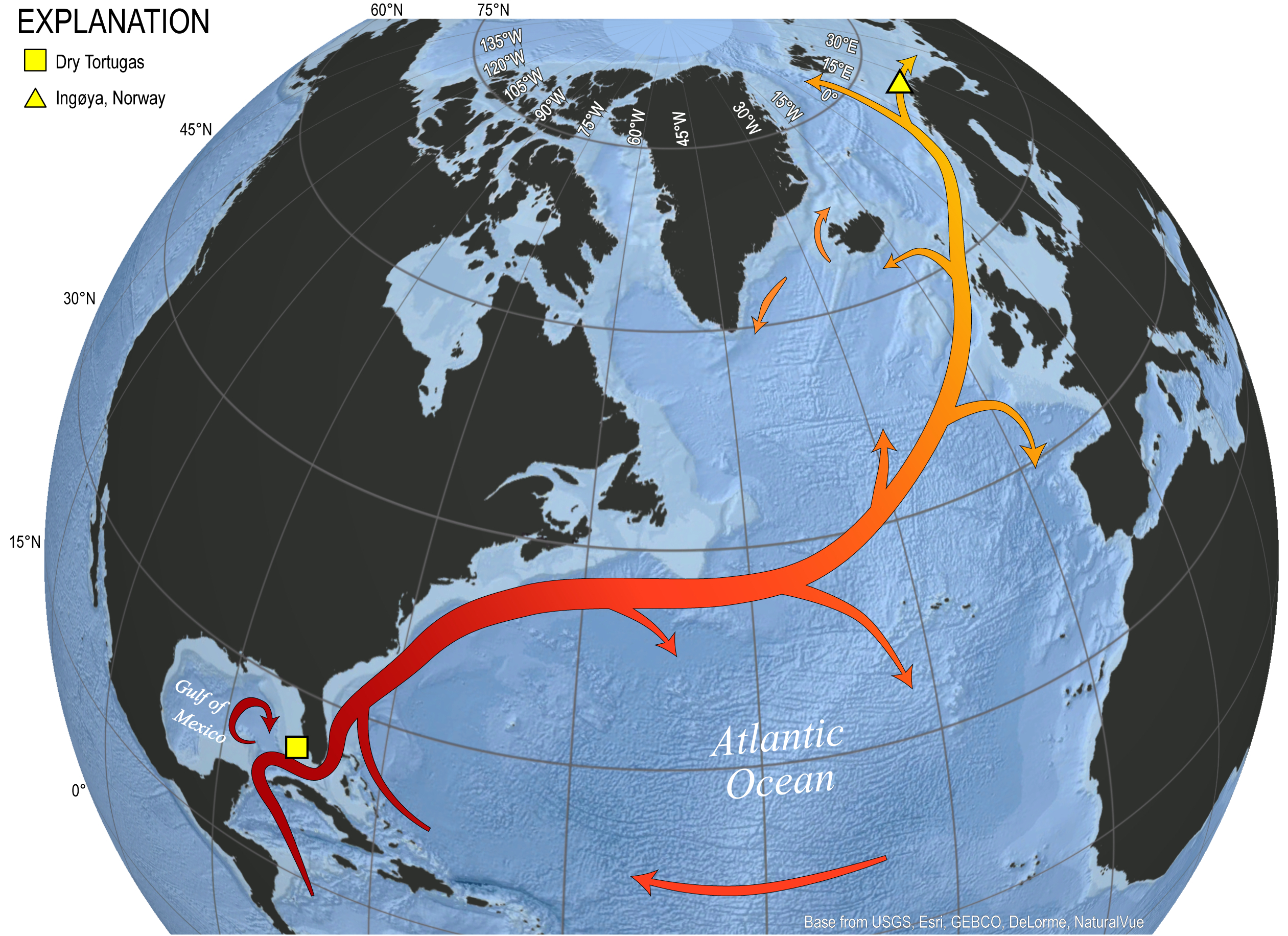
However, we must not let doom-scrolling get in the way of the facts. For example, recent shocking announcements of the demise of the Gulf Stream may be more than slightly exaggerated.
A catastrophic drop in temperature
This particular slice of climate catastrophism goes like this: Due to an influx of cold water from Greenland’s rapidly melting ice cap, the Gulf Stream system, a conveyor belt for the warm waters that help moderate Europe’s climate, could collapse as early as 2025. As a result, average temperatures across much of the continent would drop catastrophically. Additionally, there and in other parts of the world, storms would increase in frequency and intensity, and sea levels would rise significantly.
On the face of it, regional cooling sounds like a good antidote to global warming (or, to use UN Secretary-General António Guterres’ recent terminological update, “global boiling”). However, a projected drop in average temperature by as much as 10°C (18°F) would turn the moderate climate of one of the world’s most densely populated zones into an Arctic edgeland, where it wouldn’t just be expensive to live, but difficult to survive, at least in equally large numbers.
So far, so apocalyptic. Except that these reports are conflating two different ocean currents. Specifically, “they are confusing the Gulf Stream with the AMOC, or the Atlantic Meridional Overturning Circulation,” writes Dr. Jonathan Foley, climate scientist and executive director of Project Drawdown. “[The Gulf Stream and AMOC] are not the same thing. Not at all. It’s like comparing a super highway with a side street.”
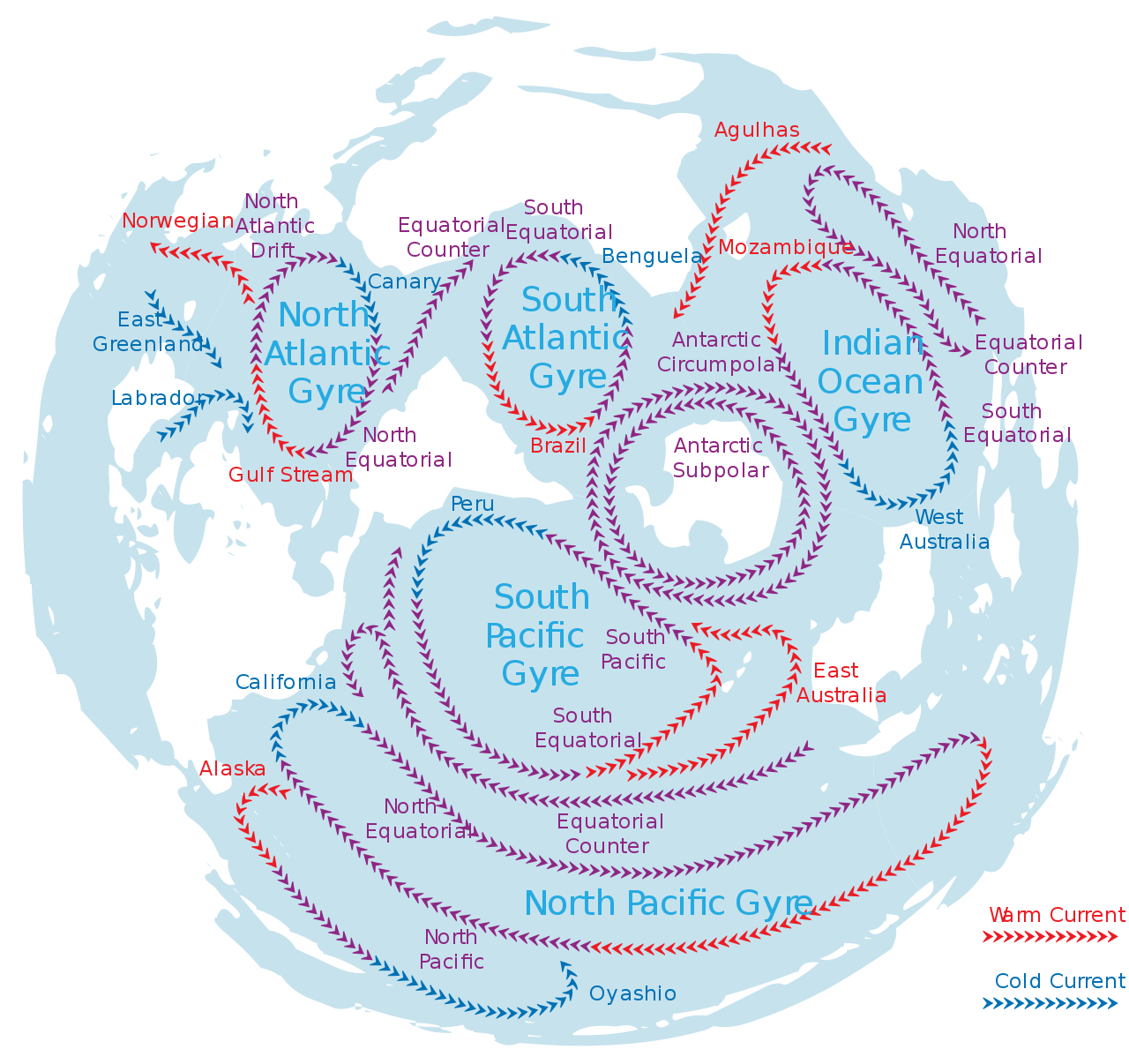
Originating in the Gulf of Mexico (hence the name), the Gulf Stream is a surface current carrying 30 sverdrup (30 million cubic meters of warm water per second) northward as it passes Florida, increasing to 150 sverdrup as it passes south of Newfoundland. It has a warming effect on the Eastern Seaboard of the U.S., from Florida all the way up to Nantucket. The coast-hugging current eventually bends into the ocean, splitting into the Canary Current, which turns south in a clockwise direction, and the North Atlantic Current, flowing counterclockwise toward Europe.
Thanks to that North Atlantic Current, the climate in Northwestern Europe is much milder than it otherwise would be. The western coast of Britain is a few degrees warmer than the east, for instance; and most winters, most of the Norwegian coast remains virtually free of ice and snow.
“Zero chance” the Gulf Stream will collapse
“This current is caused by wind patterns in the tropics and mid-latitudes, plus the Earth’s rotation,” Dr. Foley continues. “As long as the wind blows and the Earth rotates, the larger Gulf Stream is going to continue. There is zero chance that it will collapse.” In fact, every major ocean basin has similar currents, all caused by the Coriolis effect: Due to the Earth’s rotation, freely moving objects — air and water, most notably — veer to the right in the Northern Hemisphere, and to the left in the Southern Hemisphere.
These Coriolis-induced “rivers” in the oceans are called boundary currents, and they come in two flavors: (1) eastern boundary currents (such as the Canary Current), on the eastern side of oceanic basins (that is, off the western coasts of continents), which are shallow, broad, and slow; and (2) western boundary currents, which themselves come in two flavors. The first is subtropical, like the Gulf Stream, and they form on the western side of oceanic basins and are deep, narrow, fast, and warm. The second kind is low-latitude, which carry cold water toward the equator. One example is the North Brazil Current.
Zooming out, these currents combine into gyres, large circular ocean currents of which there are five: in the North and South Pacific, in the North and South Atlantic, and in the Indian Ocean. The North Atlantic Gyre consists of the Gulf Stream, the North Atlantic Current, the Canary Current, and the North Atlantic Equatorial Current, each one partly flowing into the next.
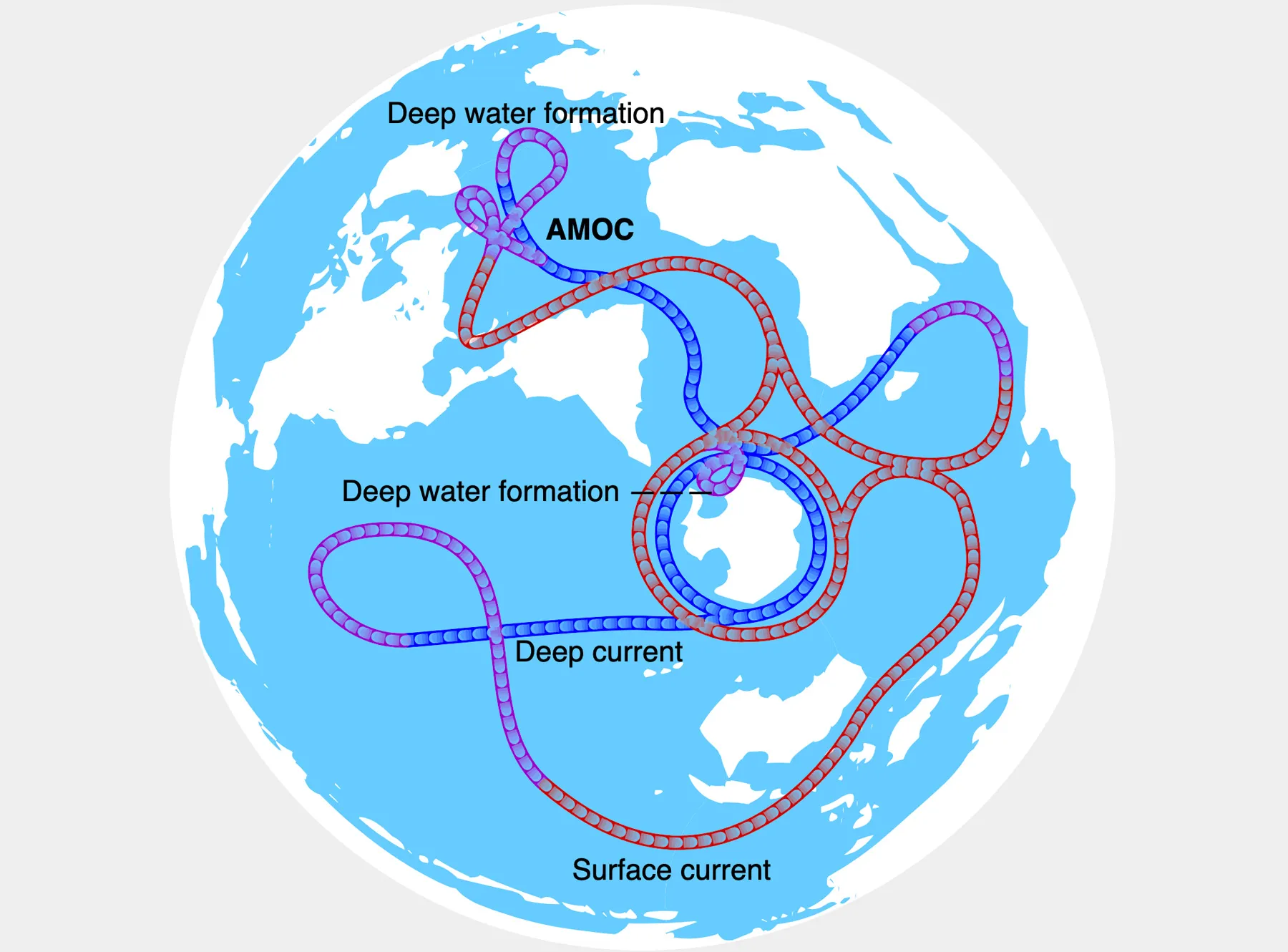
So, where does the AMOC figure into all this? “The AMOC begins with the sinking of cold, salty water in the Norwegian and Greenland Seas, [from] where it slowly spreads back south, well below the surface. That slow, deep, cold current is only about one-tenth as large as the Gulf Stream,” says Dr. Foley. That is, it is somewhere between 10 to 20 sverdrup.
The Gulf Stream and the AMOC are connected only via the North Atlantic Drift, a small (10%) branch of the Gulf Stream heading north, transforming/merging into the AMOC, which then again heads south. Dr. Foley goes on:
“There is evidence that [the AMOC] has slowed down, and even collapsed, in the past… If the AMOC collapses — but there is no direct evidence of this — it would be a serious issue for the region [of the Greenland and Norwegian Seas]. It would probably introduce some cooling to a region that otherwise would be warming now… But the larger Gulf Stream circulation would continue operating, largely as before.”
While older climate models say it’s “very unlikely” the AMOC will come to a standstill this century, recent Danish research puts the tipping point at around 2050, with a tiny possibility of this happening by 2025. This report was the basis of the media frenzy about the Gulf Stream shutting down. But as we just elaborated, the Gulf Stream and the AMOC aren’t the same thing.
The AMOC is still important
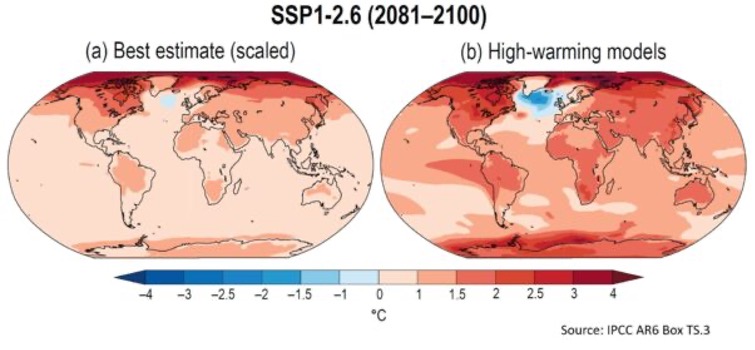
Still, if the AMOC would run amok earlier than predicted, the emergence of a “cold blob” in the middle of the North Atlantic would have a major destabilizing effect on climate in North America, Northern Europe, and possibly other parts of the world as well. Dr. Foley says:
“Of course the AMOC is a big deal for climate, especially in key parts of the North Atlantic. But it’s simply not responsible for transporting nearly as much water, or (more importantly) heat, in the Earth System as the Gulf Stream — which is not in danger of collapsing. The two work very differently, and have very different roles in the Earth system. With such important issues, it’s important to get the basic facts right — and at least name the currents correctly!”
The article that drew Dr. Foley’s ire was published by The Guardian, which he said “needs to issue a correction here, as quickly as possible, for this sloppy reporting.” It did not do so.
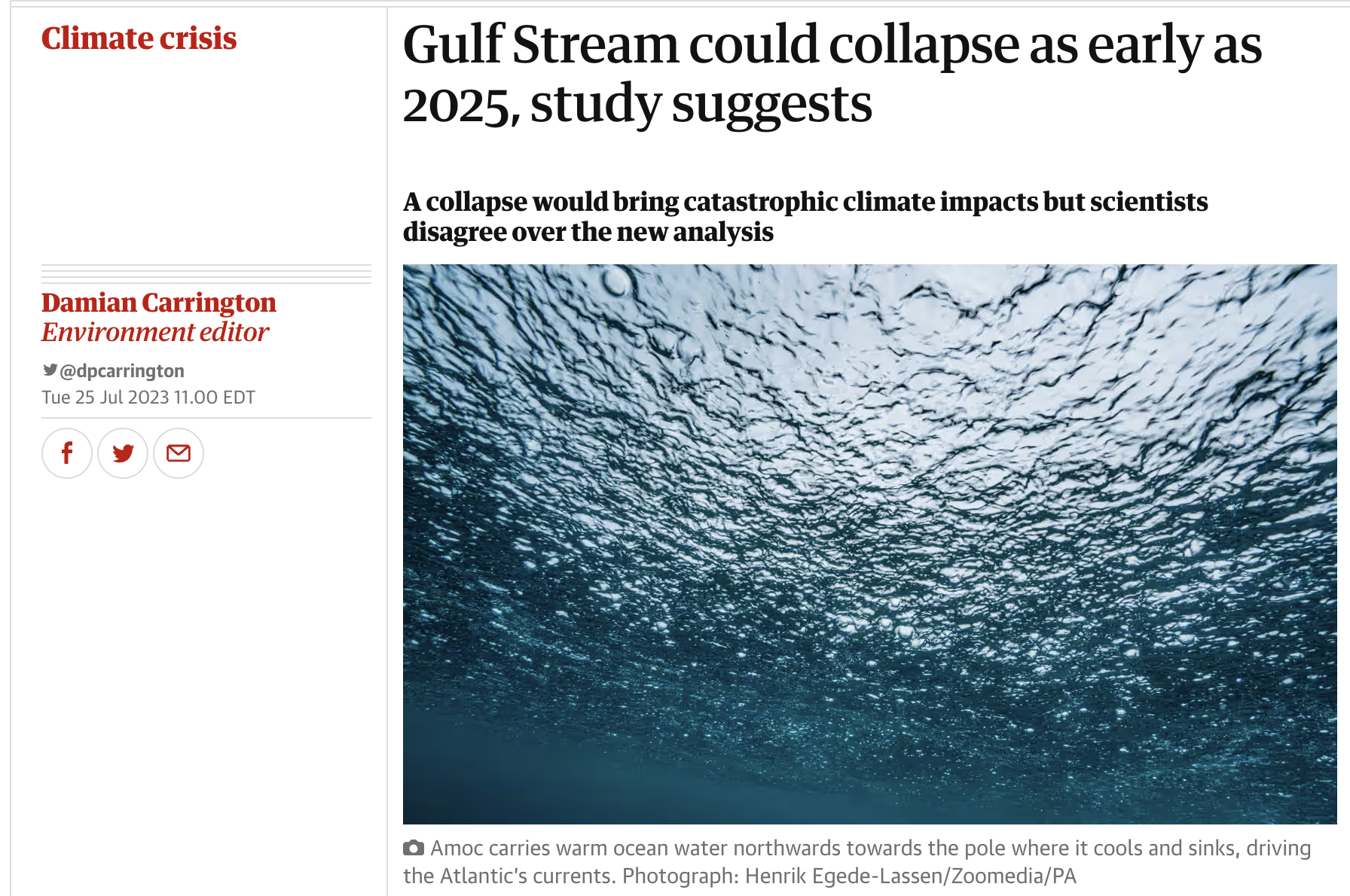
Strange Maps #1216
For a detailed overview of what is happening to the AMOC, see this article by professor Stefan Rahmsdorf, professor of physics of the oceans at the University of Potsdam (Germany) on RealClimate.org.
Got a strange map? Let me know at [email protected].
Follow Strange Maps on Twitter and Facebook.

